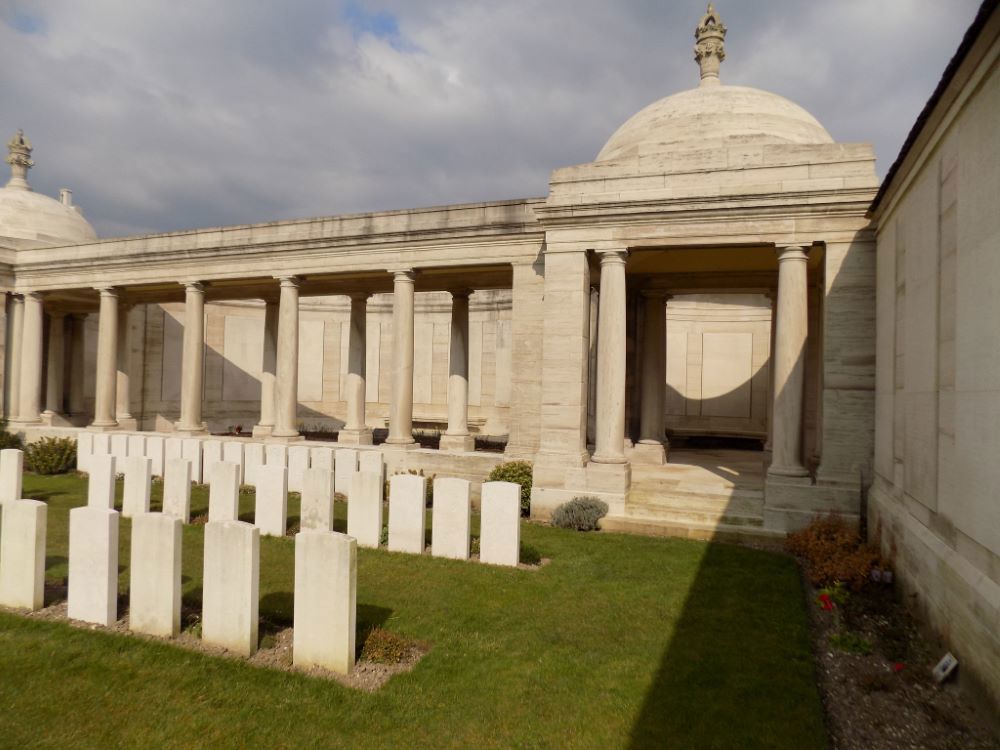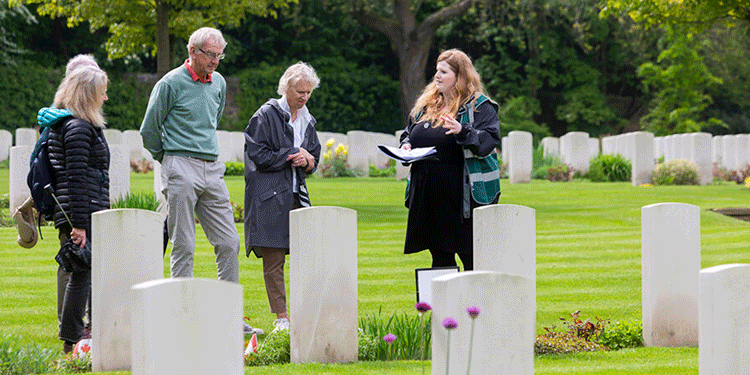
John Walter Tucker was born on 18 December, 1884, at Lowestoft, in Suffolk, the sixth of nine known children to William Henry Tucker, a fisherman, and Emma Tucker (formerly Caselton). He was baptised on 1 February, 1885, at St. Margaret's Church, in Lowestoft. He had six brothers and two sisters: Alonzo Joseph (1875); William Edward (1877); Joseph James (1879); Emma Jane (1880); Albert Robert (1883); Caroline Newbury (1883); Walter Ernest (1889); and Alfred Edward (1892).
His brothers all served in the Royal Navy or Royal Naval Reserve, except for Alfred Edward who served with the Hampshire Regiment.
The family moved to Ramsgate, in Kent, and lived at 11 Dane Road, where John Walter Tucker worked as a labourer.

John Walter Tucker initially enlisted in the 3rd (Militia) Battalion, of The Buffs (East Kent Regiment), at Ramsgate, on 30 October, 1899, to serve as a Private, no. 5700, for six years. He was 17 years and 10 months old, and described as being: 5' 3½" tall; with grey hair; brown eyes; and a fresh complexion.
He served with the battalion in South Africa between 18 January, 1900, to 17 July, 1902, to earn the Queen's South Africa Medal and King's South Africa Medal. The medal rolls incorrectly list his initial as 'H'.
Army service clearly appealed to him, because, on 26 September, 1902, having returned from South Africa, he enlisted in the Regular Army, at Ramsgate, to serve with The Buffs, as a Private, no. L-6965. He was aged 19 years and 9 months, and described as being: 5' 6¾" tall; with brown hair; blue eyes; a dark complexion; weighing 131 lbs; and a chest measurement of 34"/37".
He was posted to the 2nd Battalion. With them he returned to South Africa in June, 1905, until October, 1908, when he returned home.
In September, 1909, he extended his service to complete 12 years service, and in December, 1912, he went with his battalion to Singapore.
After two years service there, in February, 1913, he went to India, where they were stationed at Wellington, in Madras.
In June, 1914, he re-engaged to serve for 21 years with the Colours, despite his conduct record being peppered with a series of minor offences. He served with 'B' Company.
On the outbreak of World War One he was still serving with the 2nd Battalion, The Buffs, in India. They sailed from Bombay on 16 November, 1914, and landed at Plymouth on 23 December. They joined the 85th Brigade in the 28th Division at Winchester.
Private John Walter Tucker embarked with his battalion at Southampton on 17 January, 1915, and landed at Le Havre the next day, the unit's strength being 24 officers and 985 other ranks.
In February the battalion moved to the Ypres front where it was present during the German attack in April when poison gas was used for the first time. It then moved to Poperinghe, and later to Wulverghem.
On 16 September, 1915, he committed the offence of gross disobedience of standing orders by 'Disclosing the name of his station'. He was awarded 10 days Field Punishment No. 2. He was then serving with 'C' Company. It is unlikely that this punishment was carried out.
On 22 September, 1915, the 2nd Battalion marched to Strazeele, in France, and then to Bethune. On 27 September it marched to Vermelles, with a strength of 26 officers and 957 other ranks. It was then committed to the battle of Loos.
At 2.00 pm on 27 September, 'A' and 'D' Companies were ordered to relieve units in the trenches north of Fosse 8. It was found that these positions had been abandoned, and The Buffs were ordered to push on and establish themselves in the captured German line of Hohenzollern Redoubt. The communication trenches were so congested that The Buffs left them to reach their positions and were shelled heavily.
The remaining two companies, 'B' and 'C', came up at 2.00 am on 28 September, and took up a position in the rear of 'A' and 'D'. Orders were received to mount an attack on the Dump at Fosse 8 at 9.30 am. 'B' and 'C' Companies were to attack from certain points in Dump Trench and Slag Alley. 'D' Company was in support, with 'A' Company following.
The companies suffered many casualties en route from shell fire. The congested state of the trenches prevented the companies from taking up their positions until after 10.00 am.
'B' and 'C' Companies, followed by 'A', charged across the open and were greeted with the fire from at least 11 machine guns massed on either flank, and also shell and rifle fire. 'B' and 'C' Companies gained the edge of the Dump and clambered up the 30-foot high Dump, and reached the summit.
Between 10.45-11.00 am, the Dump was then plastered with shells from their own guns and the enemy, and the attack was broken. The companies then attempted to reach the enemy in the trenches at the foot of the Dump, but it was a hopeless task and those who attempted it were shot or grenaded.
The companies reformed and returned to the original trenches, leaving over 100 men killed or wounded on the Dump. The Germans counter-attacked at 11.30 am, and there followed a ferocious battle in the trenches, with the use of bombs. The advantage ebbed and flowed between the two sides, throughout the night, with the Germans having the upper hand with a greater number of bombs, which were also more powerful.
The battalion was relieved at 8.30 am on 29 September. The remnants of the battalion filed back to the old British front line trench and remained there until 30 September, when it left the trenches and marched to Annequin.
The battalion suffered 5 officers killed, one died of wounds, 3 missing (one believed killed), and 6 wounded. The other ranks suffered 57 killed, 168 wounded and 133 missing, the majority of which were believed to have been killed or wounded at the Dump.
One of those was Private John Walter Tucker, whose Casualty Card-Active Service has the entry: 'To be regarded for official purposes as having died on or after 28/9/15'. He was aged 30 and had survived 254 days active service.

Having no known grave, Private John Walter Tucker is commemorated on the Loos Memorial, in France. He is also commemorated on the war memorial inside St. Luke's Church in Ramsgate.


His service earned him the Queen's South Africa Medal, 1899-1902, with clasps 'Cape Colony', 'Orange Free State', and 'Transvaal'; King's South Africa, 1901-02; with clasps 'South Africa 1901', and 'South Africa 1902'; 1914-15 Star; British War Medal, 1914-20; and Victory Medal, 1914-19. A memorial plaque and memorial scroll were also prepared and issued to commemorate his sacrifice.

